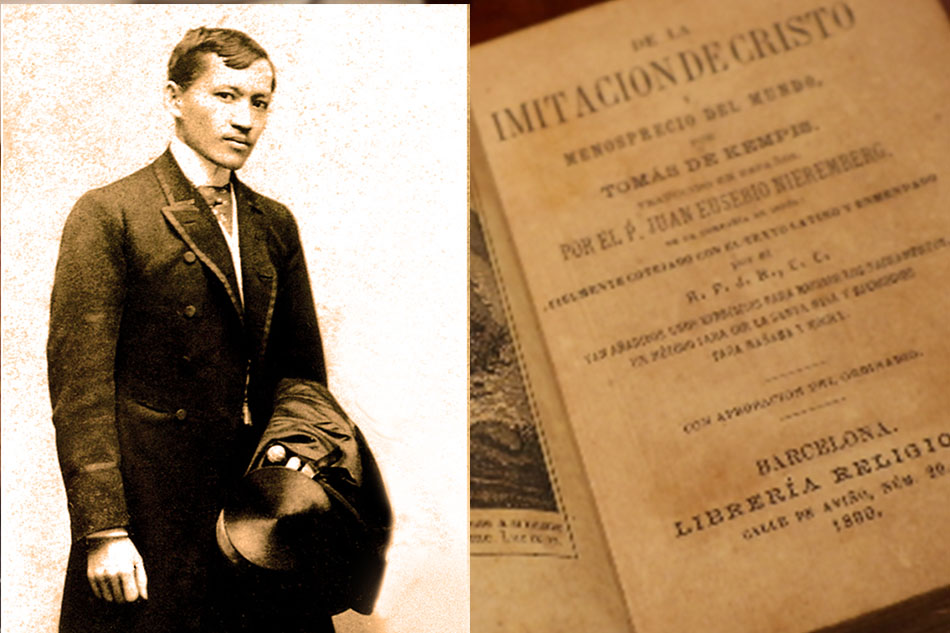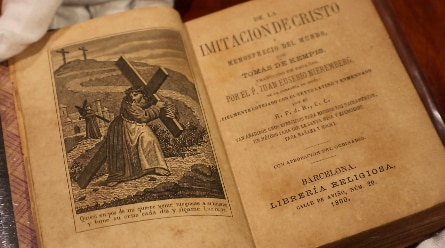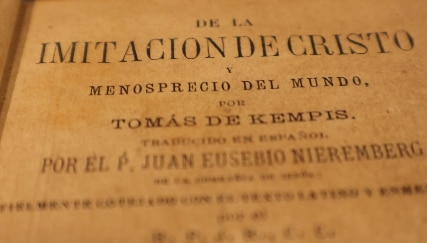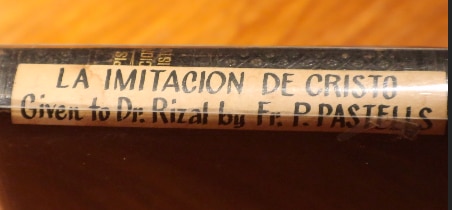In 1996, I was one in a class of forty-two students seated in a three-fan classroom in Quezon City, trying to live through another day of high school. Mrs. Cayabyab, our history teacher, was trying to get forty-two high school seniors to care about one man: Jose Rizal—whose works we had read in second and third year high school (the Noli and Fili respectively), and the details of whose death we had to ace before final exams in two weeks.
The long and the short of it went like this: On December 30, 1896, Jose Rizal, Filipino and patriot, trudged to his death before a firing squad in Bagumbayan from his cell in Fort Santiago. I say trudge, and not scamper or quiver, for reasons soon to be revealed.
It was 6:30 in the morning. He wore a black suit and a white vest. One Dr. Felipe Ruiz Castillo took the man’s vital signs, noted the calmness of his heartbeat. This was a man prepared to die. Not bad for someone who’d been excommunicated from the church, had catalyzed the revolution, and who would die as traitors do.
Mrs. Cayabyab believed the books when she told us that just as the squad commander called out, Fuego!, Rizal had turned to face his executioners. Even in death he was heroic, was not a traitor; did not, by deed or fancy, betray his country. Further, said Ms. Cayabyab through thinly-veiled tears, Rizal’s final words were, it is finished. Consummatum est!, the final words of Christ himself, though the exclamation point was perhaps furnished by Mrs. Cayabyab. Some of us may have moved a little closer to our seats’ edge; some of us wanted to be miraculously saved from boredom by the three-o-clock habit that stopped all lessons, historical or not.
It is said that the last book Rizal read was “The Imitation of Christ,” by Thomas à Kempis—a devotional almost as widely read as the bible itself. Further, that this item was bequeathed to his wife (a strange donation not unlike Shakespeare’s when he bequeathed to his wife their second-best bed). But—let’s go back a bit—bequeathed to his “wife”? Do we mean a common-law spouse or church-approved better half? That seems to be the bigger conundrum, and historians have quibbled over the detail for the past hundred or so years. In the said book, Rizal had written the inscription, “To my dear and unhappy wife Josephine”. The inscription has baffled many a historian and Rizalist alike. Did the hero retract everything he believed in and wrote about—were the Noli and Fili premised on a lie? Were they the empty catalysts of the 1896 revolution now that the hero had symbolically gone back on his literary writings against the friars and their long abuse of his country? For Josephine to be his wife, Rizal should have first gone back to the Catholic Church, and for him to have done this, he should have first signed a retraction on every bit of writing he had done against the institution.
We have been made aware in recent years of the Cuerpo de Vigilancia, an intelligence corps set up by the Spanish government. Headed by a man called Federico Moreno, the Cuerpo installed an agent to stand guard at Rizal’s cell. Among other things, the agent reported that Rizal spoke for a long while to two Jesuit priests, Fathers March and Vilaclara, regarding “religious matters,” and that the two had given him retraction papers which he refused to sign. After the priests left, Rizal wrote by himself. Father March returned sometime later, and Rizal showed him what he had written. Immediately the chief of the firing squad was informed—what Rizal wrote is believed to have been the retraction. Less than two hours before his death, Josephine arrived at the cell and the two were wed.
More than any other historical document that came before it, reports made by the Cuerpo seem to add the most credence to the retraction theory. I asked historian Victor Torres what he thought about the matter. “I believe he retracted,” Torres says, “but he didn’t think anyone would believe it.” Torres also believes—as I do—that knowledge of this retraction should not undermine Rizal’s heroism, or the integrity of his novels—they were written to change the status quo, and change it they did.
For whatever reason, Rizal had bequeathed the last book he had read to his “wife,” Josephine. Per Mrs. Cayabyab, Josephine Bracken had drawn into her husband’s cell clad all in black, and had left in tears; she was barely a bride and almost a widow.
It is believed that Rizal owned two copies of “The Imitation of Christ,” and that one of these copies was given to him by Father Pablo Pastells in Dapitan. There, it is claimed, that this book had a particular resonance with him. “This book talks about building spiritual exercises and leaving the world, and having a rich internal life,” says Leon Gallery’s resident historian Lisa Guerrero-Nakpil. “This book appealed to Jose Rizal and it was given to him when he was exiled to Dapitan.” Guerrero-Nakpil also notes that Rizal didn’t see the contradictions between owning this book, and his outrage at the church. “It showed that he wasn’t anti-Catholic, and anti-church, he still believed in God and the teachings of the Catholicism, but not in friars and priests.”
If it’s true that he went back to the Catholic faith in his final moments, he was either a wuss or a saint. The jury’s still out on that one. But his final words create the picture of a man who knows he’s a human sacrifice. It is done. Consummatum est. It is a decision made with so much self-awareness and with so much imitation.
“To my dear unhappy wife Josephine,” Rizal wrote in what could have been the last book he read. With the country he died for in as sad a state now as it was then, Rizal could also have meant you and me.
Photographs courtesy of Leon Gallery





